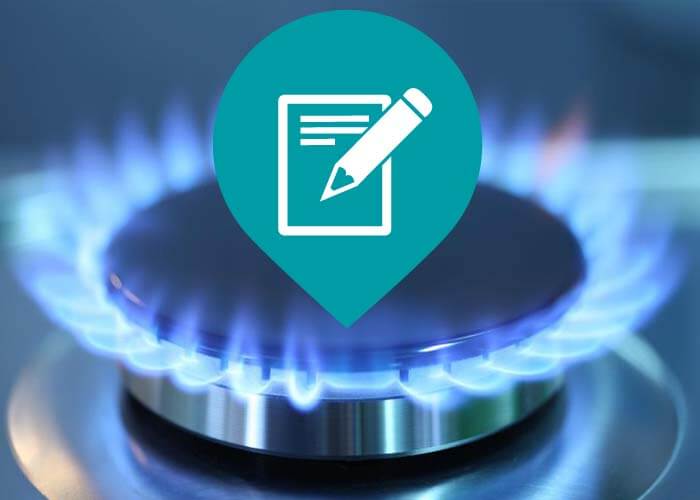
Just how Does the Gas Distribution System Work?
Just how Does the Natural Gas Distribution System Work?
Gas streaming from greater to lower pressure is the basic principle of the natural gas shipment system. The quantity of stress in a pipe is gauged in extra pounds per square inch.
From the well, the gas enters into "celebration" lines, which resemble branches on a tree, obtaining larger as they get closer to the central collection factor.
Celebration Equipments
A gathering system might require one or more field compressors to relocate the gas to the pipeline or the processing plant. A compressor is a device driven by an interior burning engine or generator that produces stress to "press" the gas via the lines. A lot of compressors in the natural gas distribution system utilize a small amount of natural gas from their very own lines as fuel.
Some gas gathering systems include a handling facility, which does such features as eliminating contaminations like water, carbon dioxide or sulfur that may wear away a pipe, or inert gases, such as helium, that would certainly decrease the energy value of the gas. Processing plants likewise can get rid of small quantities of gas and also butane. These gases are made use of for chemical feedstocks and also various other applications.
The Transmission System
From the celebration system, the gas actions right into the transmission system, which is usually made up of regarding 272,000 miles of high-strength steel piper.
These big transmission lines for natural gas can be contrasted to the nation's interstate freeway system for autos. They relocate large quantities of natural gas thousands of miles from the generating regions to local distribution firms (LDCs). The pressure of gas in each area of line generally varies from 200 pounds to 1,500 pounds per square inch, relying on the type of area in which the pipe is operating. As a precaution, pipes are developed and also created to deal with a lot more stress than is ever before in fact gotten to in the system. As an example, pipes in even more booming locations operate at less than one-half of their design stress level.
Several significant interstate pipes are "knotted"-- there are 2 or more lines running parallel to each other in the same access. This gives optimum capability throughout durations of peak demand.
Compressor Stations
Compressor terminals are located approximately every 50 to 60 miles along each pipe to improve the stress that is lost via the friction of the natural gas relocating through the steel pipeline. Many compressor terminals are completely automated, so the devices can be begun or quit from a pipe's central control space. The control space can additionally remotely operate shut-off shutoffs along the transmission system. The drivers of the system maintain comprehensive operating data on each compressor station, as well as continually readjust the mix of engines that are going to take full advantage of effectiveness as well as security.
Natural gas relocations through the transmission system at up to 30 miles per hr, so it takes a number of days for gas from Texas to reach an energy receipt factor in the Northeast. Along the road, there are lots of interconnections with various other pipelines as well as other energy systems, which provides system drivers a lot of flexibility in moving gas.
Linepack
A 50-mile area of 42-inch transmission line operating at around 1,000 pounds of pressure consists of around 200 million cubic feet of gas-- enough to power a kitchen range for more than 2,000 years. The amount of gas in the pipe is called the "linepack.".
By increasing and also decreasing the stress on any type of pipe sector, a pipe company can utilize the section to keep gas during periods when there is much less need at the end of the pipeline. Using linepack in this way allows pipe operators to deal with per hour variations popular very efficiently.
Gas pipes as well as energies make use of very advanced computer designs of customer demand for gas, which relate everyday and also per hour https://www.pasadogalgaz.net/ usage fads with seasonal and environmental aspects. That's why consumers can rely on the reliability of natural gas-- when it's needed, it's there.
Gate Stations.
When the gas in a transmission pipe gets to a neighborhood gas energy, it usually travels through a "gateway station." Utilities regularly have gateway stations receiving gas at several places as well as from several various pipelines. Gateway stations offer three objectives. Initially, they minimize the stress in the line from transmission levels (200 to 1,500 extra pounds) to circulation levels, which range from 1/4 extra pound to 200 pounds. Then an odorant, the unique sour aroma associated with gas, is included, to ensure that consumers can scent even small quantities of gas. Lastly, eviction terminal gauges the circulation price of the gas to determine the amount being received by the utility.